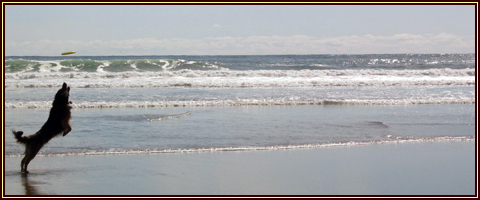To Treat A Pony With Colic
Horses with colic can be helped with herbs but this is unquestionably a significant condition that will kill so take care you ring the vet instantly if you suspect colic in your pony. Peppermint- Mentha x piperita may be employed as a preventive and a superb digestive aid.
There are lots of common types of mint that have the same active components such as Spearmint, Watermint and Apple Mint but Peppermint would be considered the most medicinal out of all of the mints. Spearmint is the most widely found mint in domestic culinary gardens but Peppermint is unquestionably the better medical herb.
Peppermints main therapeutic claim to fame is in its ability to relieve distension, colic and wind and perfect as a digestive aid for horses. It has antispasmodic effects on the digestion and is now employed in the treating of IBS in people. Menthol, which is the volatile oil in peppermint is also antibacterial, antiseptic and anti-fungal.
These are the likely symptoms of colic you should watch out for. Your pony will show indications of restlessness and unable to pick standing, rolling or laying down. Change in stool movements with either diarrhea or very hard dry fertilizer. Pawing the ground and biting or kicking the belly. These are all possible signs of colic.
There are in fact two differing kinds of colic. There is impaction colic where food has become impacted in the lower bowel. Spasmodic colic is where the gut has a tendency to go into a spasm. This is generally caused by uneasiness, stress or foreboding. Here is where herbs such as mint and chamomile can be really helpful. Bugs may also cause colic in horses.
The origin of Peppermint is unclear but it's been around for a long time and dried leaves have been discovered in Egyptian pyramids dating back to 1000 BC. The Greeks and Romans highly rated this herb however it only became popular in Western Europe in the 18th century.
Peppermint is grown from rhizomes which must be young and healthy to get you going. Older rhizomes which have already sent up shoots aren't so practicable and will tend to be weaker. The perfect time for planting is early spring or even mid autumn. Autumn plantings has a tendency to produce a better crop as the plant has more time to get established.
Cropping can be done up to 3 times in a season, customarily starting around November. The 2nd crop should be ready about 6-8 weeks later and if you're lucky with the weather a 3rd harvest should be available some time into Autumn. If you're growing Peppermint for the volatile essences then harvesting factors is critical and the timing centers around when the highest essential oil content is present.
Regarding using Mint in your horses feed you will find it has got a exquisite smell which is tough to refuse. It is thought of as one of the best digestive aids and will help relax and soothe the digestion.
The flavanoids in Mint will stimulate the liver and the menthol oil is anti-bacterial and anti parasitic. The oils are also employed for ulcers and to help with colic. Because Peppermint is anti inflammatory and anti-spasmodic it makes it an exceedingly helpful herb for Problems with the tummy and wind. You can easily add 20 gms of dried or 1-2 handfuls of fresh mint daily to your horses feed and luxuriate in the sweet scent yourself. A stunning tasty addition to any horses feed.
For all of the best horse care tips and quality gear visit KW Saddlery







